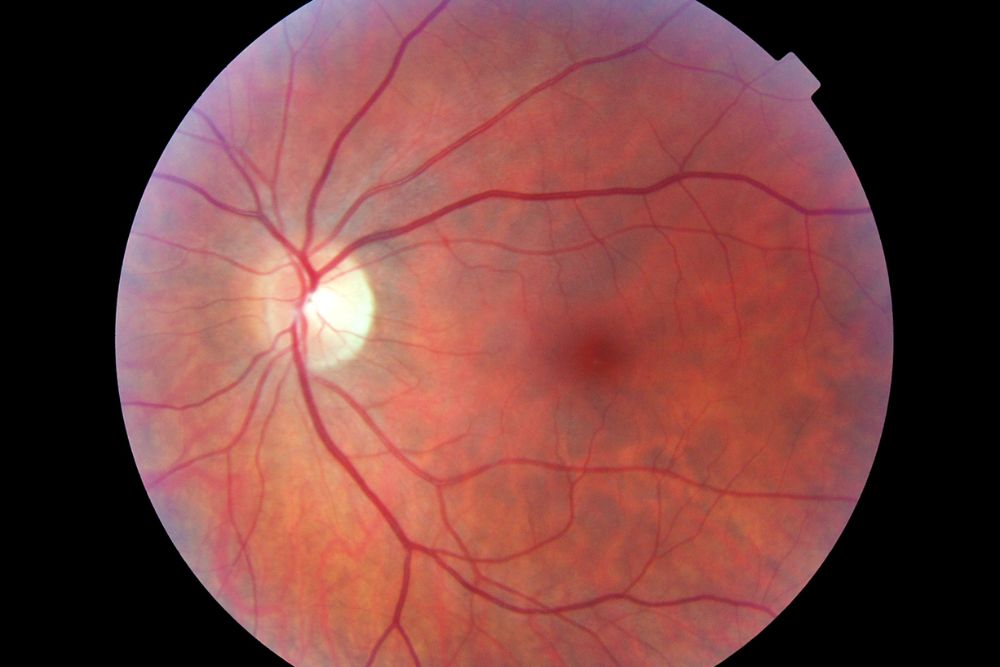Can High Cholesterol Affect the Retina? Understanding Retinal Signs of Systemic Disease

Most people know that high cholesterol can affect heart health—but it can also impact your eyes, especially the retina. Common symptoms of eye issues related to high cholesterol include blurry vision, dark spots in the field of vision, and eye pain. It can also cause subtle changes in the eyes that may not affect vision directly but signal serious underlying conditions. It’s essential to understand the connection between high cholesterol and the retina, and to schedule regular eye exams to safeguard your vision.
High Cholesterol and Eye Health
Cholesterol plays a crucial role in human tissue, serving as a component of cell membranes and a precursor for the manufacture of steroids and other hormones. However, too much cholesterol—specifically, too much low-density lipoprotein (LDL)—can negatively impact many parts of the body, including the retinas.
LDL carries cholesterol through the bloodstream, where it can accumulate in artery walls. Excessive cholesterol buildup can narrow the arterial walls and obstruct smaller arteries, reducing blood flow to vital organs, including the eyes. This can have serious consequences, such as causing a heart attack, stroke, and other serious issues affecting the retina.
Retinal Signs of Systemic Disease
Common symptoms of high cholesterol can manifest around the eyes, such as xanthelasma, which appears as flat or slightly raised, yellowish patches near the eyes or on the nose. Other signs may affect vision and indicate more serious health issues.
Retinal Artery and Vein Occlusions
A retinal artery occlusion occurs when there is a blockage in the central retinal artery or one of its branches. Similarly, a retinal vein occlusion is a blockage in the retinal veins. Both types of occlusions restrict blood flow and can lead to vision loss.
High cholesterol levels increase the risk of both retinal artery and vein occlusions because they contribute to atherosclerosis, a condition characterized by the buildup of plaque in the arteries. This plaque can lead to the formation of blood clots, which may block the retinal blood vessels.
Hollenhorst Plaque
Hollenhorst plaques occur when a piece of plaque breaks loose from elsewhere in the body and becomes lodged in a blood vessel in the retina. This piece of cholesterol usually originates from a larger artery, such as the carotid artery, and can signal more serious underlying health issues.
These plaques often develop silently and may go unnoticed until they cause retinal damage. The presence of Hollenhorst plaques may indicate a larger clot or blockage in the carotid artery. If the underlying clot travels to the brain, it could result in a stroke.
Schedule an Appointment with a Retina Specialist
Cholesterol can impact the retina, but symptoms might not become apparent until damage has already occurred. Therefore, it's crucial to schedule regular retinal appointments, especially if you have high cholesterol or are at risk. Early detection of retinal occlusions or Hollenhorst plaques can significantly improve vision outcomes.
The Retina Eye Center is the practice of choice in the Central Savannah River Area, serving patients in Aiken, South Carolina and Augusta, Georgia. Contact us today for more information or to schedule an appointment.
